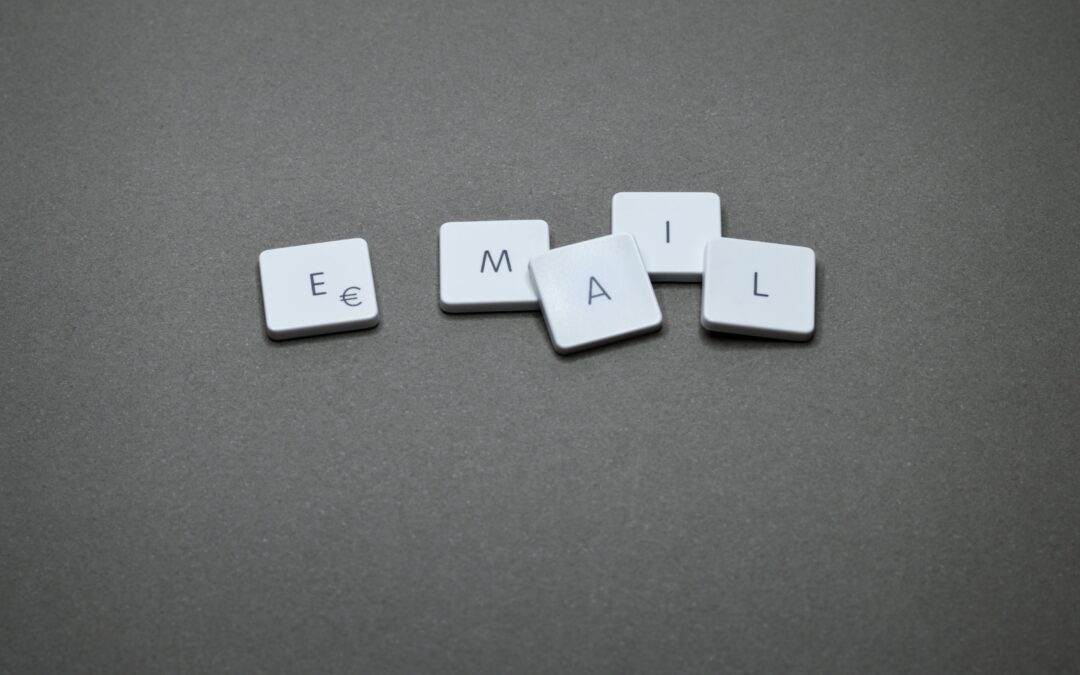Email is often the primary means of communication in our fast-paced world, but it’s not always easy to know how to approach it. Depending on the situation, the tone and content of your email can vary widely. Here, we’ll take a closer look at email etiquette for different situations – specifically, formal versus informal email.
What is Formal Email?
Formal emails are generally used in a professional setting such as in the workplace or when reaching out to potential clients or business partners. It is essential to use a professional tone in your emails and ensure that your message is clear and concise. Here are the email etiquette for crafting a formal email:
- Use a Professional Tone: A formal email is not the time to use colloquialisms or jokes. Stick to a professional tone and avoid overly casual language.
- Use Proper Salutations and Sign-offs: Address the recipient as “Dear” followed by their proper title (Mr., Mrs., Dr., etc.). As a sign-off to the formal emails, you can use “Sincerely” or “Best regards”.
- Keep it Concise: Formal emails should be brief and to the point. Avoid rambling or going off on tangents. Avoid using unnecessary jargon, and make sure your message is easy to understand.
- Use proper grammar and punctuation: Ensure that your email is well-written with proper spelling, grammar, and punctuation. Make sure to double-check your grammar before hitting send. A negative impression can be implied through a type or grammatical error, so it should be avoided.
- Use a professional email signature: Include your full name, job title, and contact information in your email signature.
- Follow up: If you don’t receive a response to your email after a few days, it’s appropriate to follow up with a polite reminder.
What is Informal Email?
Informal emails are more casual and relaxed in tone. They are commonly used among friends, family, and colleagues that you have a familiar relationship with. While it’s okay to use a more relaxed tone in these emails, it’s still important to maintain a level of professionalism. Here are the email etiquette for crafting an informal email:
- Use a Friendly Tone: Unlike formal emails, you can use a more friendly and conversational tone in informal emails. Here, you can start your email with a friendly greeting, such as “Hi” or “Hello.”
- Use Appropriate Language: It’s important to use proper grammar and spelling in any email, but it’s also okay to use contractions in informal emails.
- Use of conversational Tone: Use a conversational tone in your email and avoid using formal language.
- Keep it Personal: Informal emails are a great way to catch up with friends and family or to check in with colleagues on a more personal level. In informal emails, you can share a little more about yourself.
- Use a personal email signature: You can include a more personal email signature in your email, such as a favorite quote or a fun image.
- Avoid Overuse of Emoticons: While it’s okay to use emoticons in informal emails, don’t overdo it. Using too much emotions can make your email look unprofessional.
Conclusion
In conclusion, understanding email etiquette for different situations is crucial for effective communication. Knowing when to use a formal or informal tone can make all the difference in how your message is received. Whether you’re sending an email to a potential client or catching up with friends and family, following these tips can help ensure your emails are professional, appropriate, and effective.

